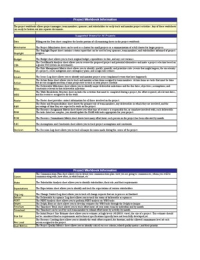Case
Project Charter
- Course
- Institution
A project charter is the first step to all quality methodologies in Lean and especially with Six Sigma. The project charter defines all the interactions of the project and the steps for a successful completion of the project. It takes place in
[Show more]



